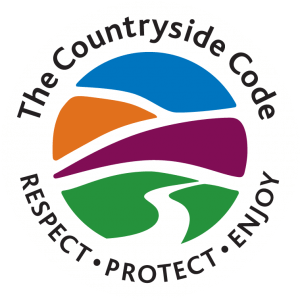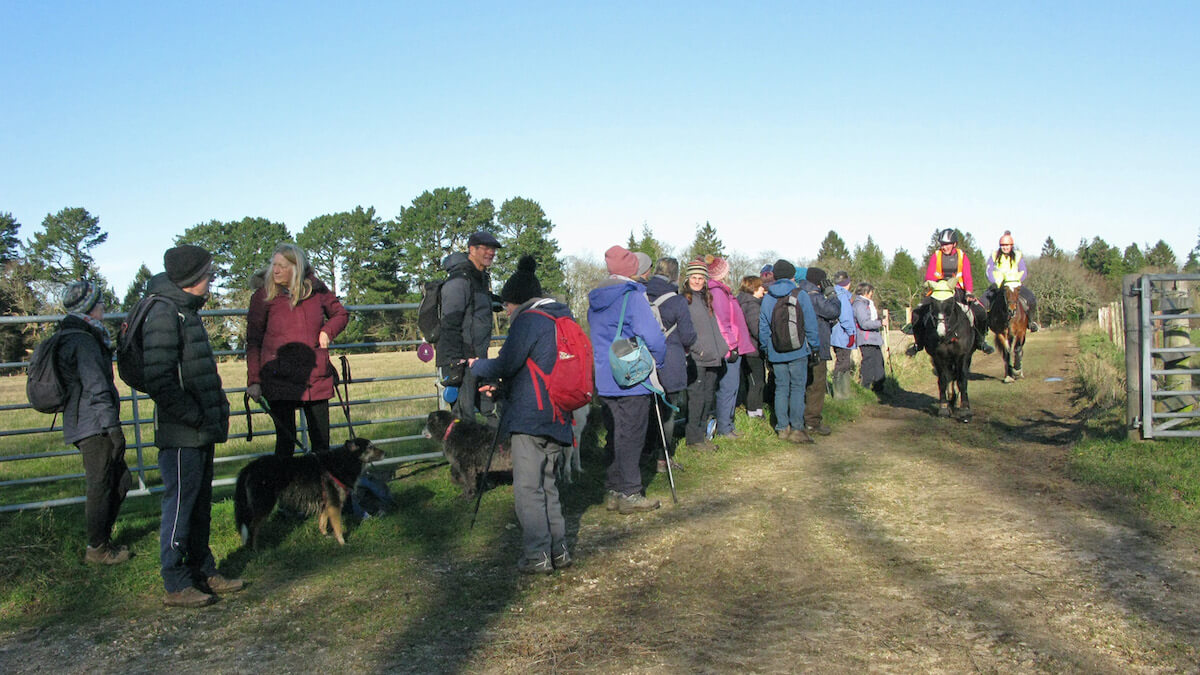Countryside Code
The Countryside Code is all about enjoying and sharing the outdoors. Whether walking in the countryside, exploring the coast, or enjoying urban or country parks, Swanage Walking Group expects its members to abide by the Countryside Code.
The code was introduced in 1951 as an amendment in the National Parks and Access to the Countryside Act 1949. It is managed by Natural England and Natural Resources Wales.
A summary of the code is available here or for more detailed information go to the National Trails website.
Health & Safety
- Members should assess their own fitness capabilities in relation to the planned walks. Walk details include distance, terrain, hazards and conditions and these can be updated nearer the date of the walk by email or on the website. Members are expected to keep up with the pace of the walk leader – usually 2 to 3 miles per hour.
- Please follow the walk leader’s instructions and advice.
- Suitable footwear and clothing are essential and members should be equipped for changes in the weather.
- Bring hazards to the attention of other walkers, e.g. undone bootlaces, overhanging brambles, unsafe stiles.
- Walkers should cater for their own drink and food requirements unless these are part of the organised walk.
- Please inform the walk leader if you feel unwell. Tell someone immediately, do not wait until you are having difficulty. A stop or a drink might be all that is needed.
- Dogs should be kept on leads where there are other animals. Be alert to the walk leader’s advice as the leader is likely to see dangers first. In the event of a threat from cattle, dogs should be let off leads and priority given to the safety of members.
- Carry a mobile phone or details of a contact for emergencies.
Issued June 2023
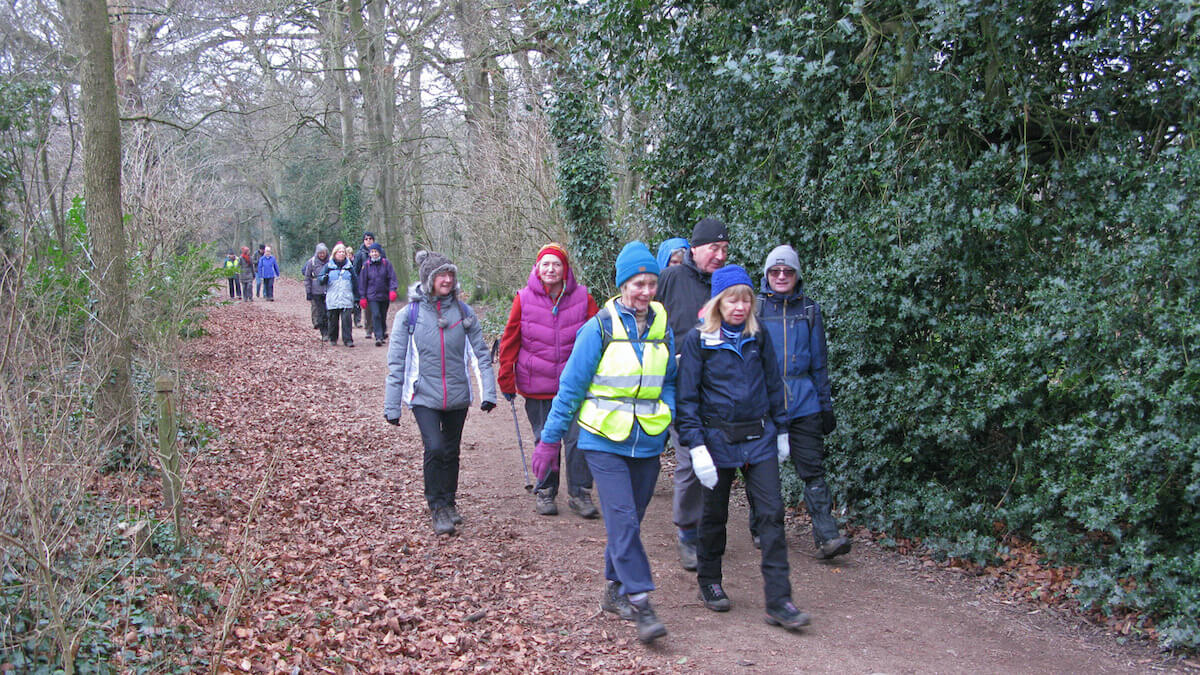
All sporting and leisure activities have inherent hazards associated with them and walking is no exception. The safety of our members is paramount, but accidents can happen. It is important that each member appreciates they are responsible for their own safety, the need to identify possible hazards, and taking all reasonable steps to eliminate or minimise the potential for accidents. Personal accident insurance is not covered by the SWWG group insurance. It is the responsibility of individual members to decide whether or not they need their own personal accident cover.
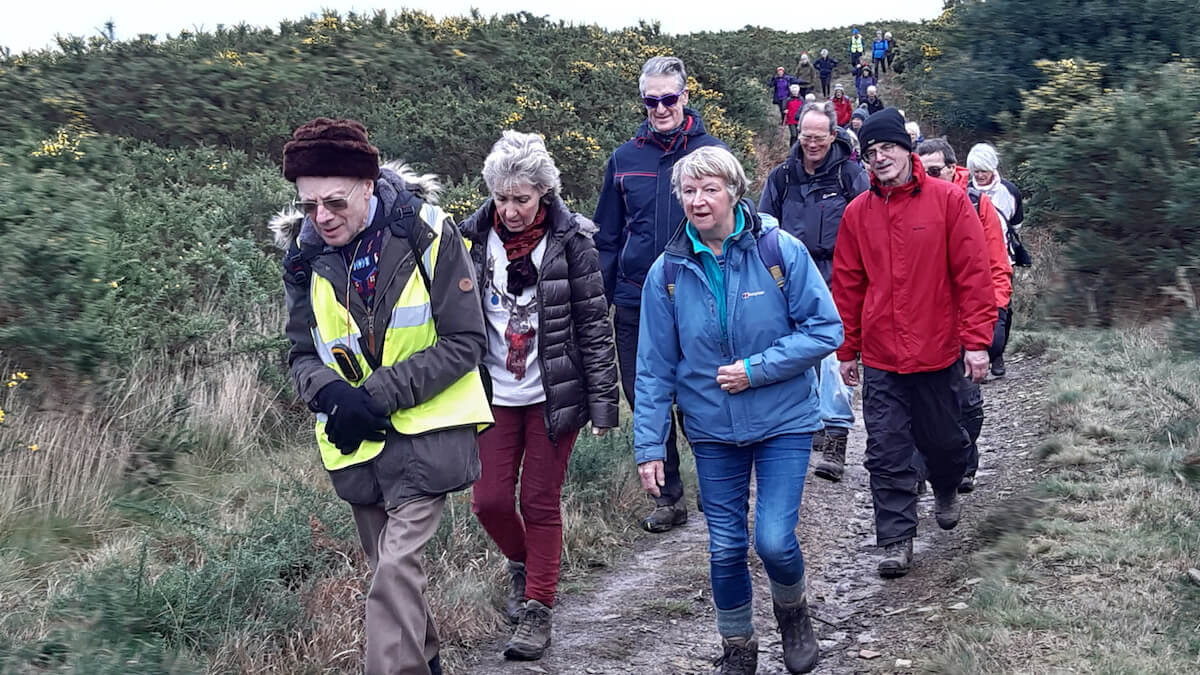
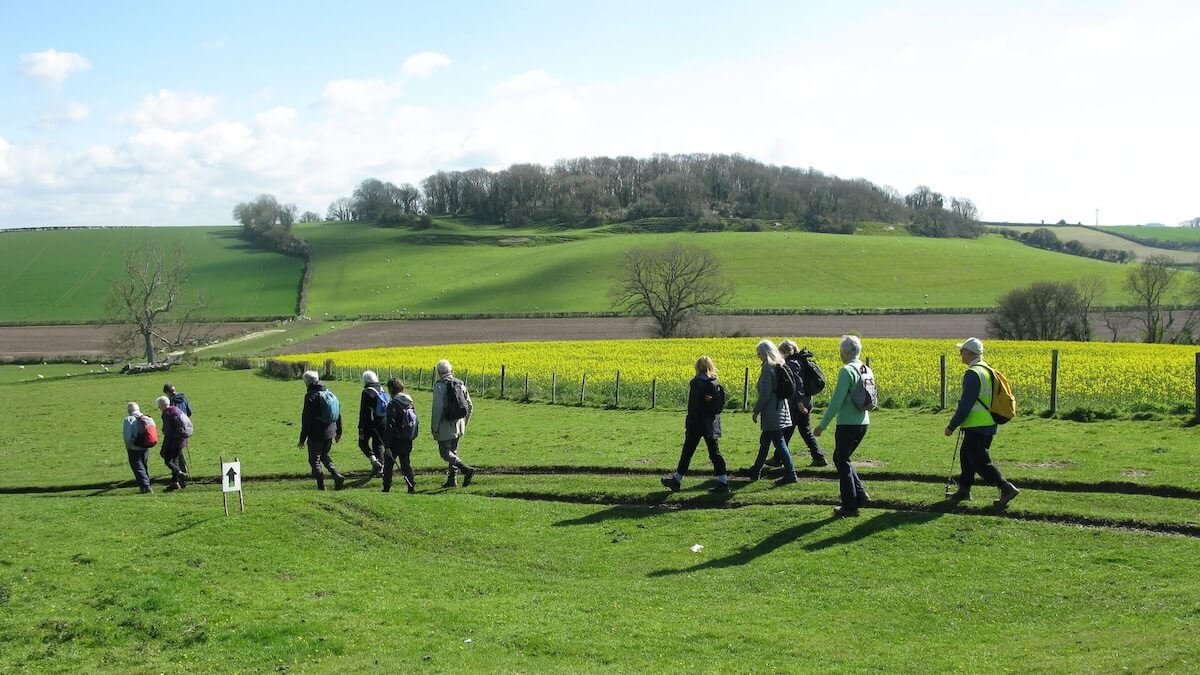
DOGS
Keep your dog close, on a short lead and under effective control. It is good practice, wherever you are, to keep your dog on a lead around livestock. On Open Access land and at the coast, you must put your dog on a lead around livestock. Between March 1st and July 31st you must have your dog on a lead on Open Access land even if there is no livestock on the land.
Always clean up after your pet. Dog poo can cause illness in people, livestock and wildlife. Never leave bags of dog poo around, even if you intend to pick them up later. If you cannot find a public waste bin, you should take the bags home and put them in your own bin.
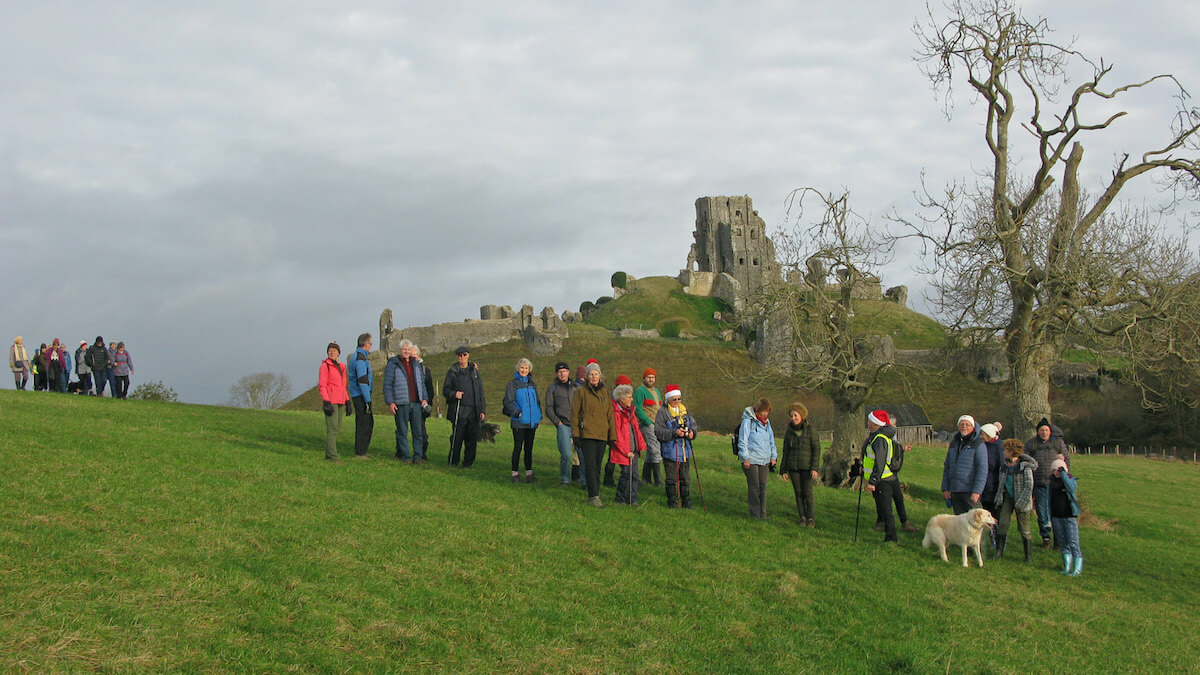
Walking near livestock
The countryside is a working environment and it’s important to be mindful and respectful of farms and farm animals. Give livestock and horses plenty of space. Their behaviour can be unpredictable, especially when they’re with their young. Cattle in particular can be a little daunting.
DO
- Look out for animals and watch how they are behaving, particularly bulls and cows with calves.
- Leave gates and property as you find them or follow the instructions on signs. When in a group, make sure the back marker knows how to leave the gates. Farmers close gates to keep animals in or leave them open to give access to food and water.
- Move quickly and quietly, and if possible, walk round the herd. If cattle are blocking a path through a field, you are within your rights to find a safe way, away from the path, to avoid them. Just re-join the path as soon as possible when safe to do so.
- Avoid getting between cows and their calves.
- Co-operate with people working in the countryside, e.g. follow a farm worker’s directions when animals are being moved or gathered to help keep everybody safe.
- Report any frightening incidents or attacks to the landowner, the highway authority, the Health and Safety Executive (HSE), and to the police if the incident is serious.
DON’T
- Don’t put yourself at risk by walking close to cattle
- Don’t panic or run – most cattle will stop before they reach you; if they follow just walk on quietly.
- Don’t hang onto your dog if you feel threatened by livestock or horses. Do not risk getting hurt protecting your dog. Releasing your dog will make it easier for you both to reach safety.
